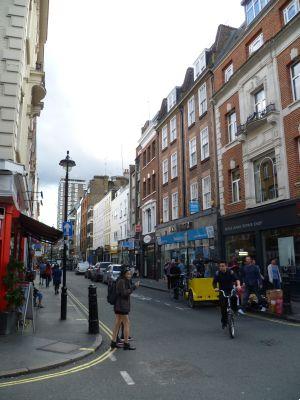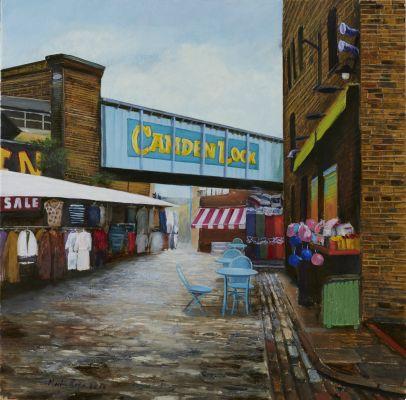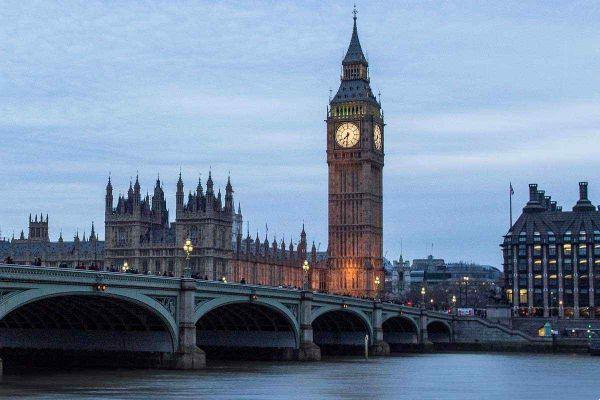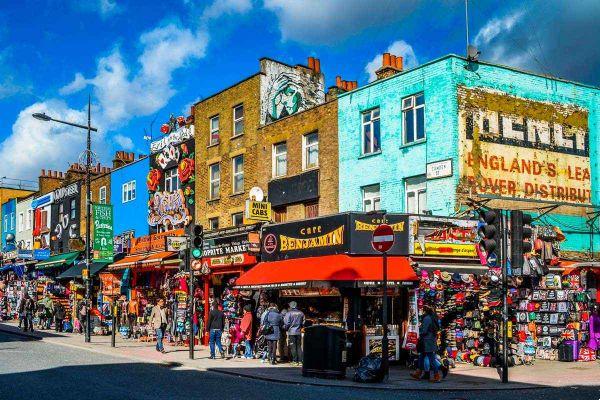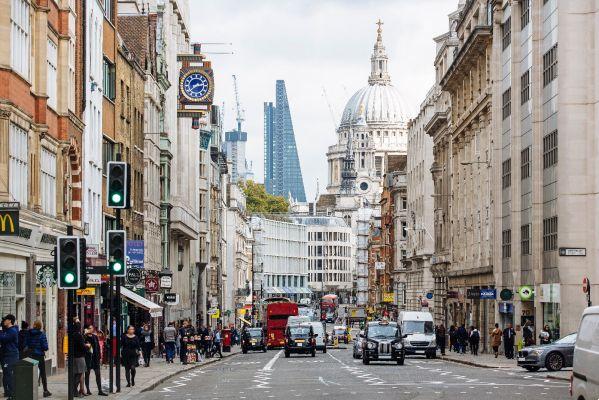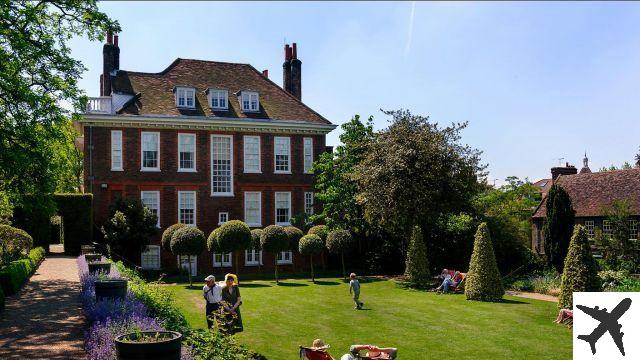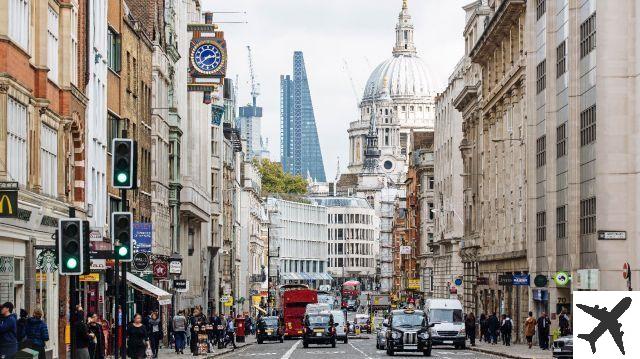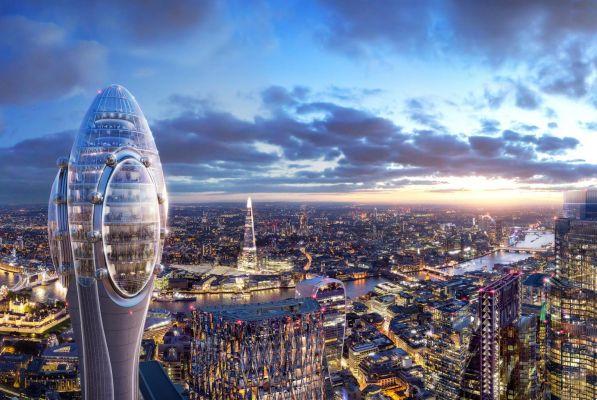
Welcome to ForTravelLovers.com, where we keep you informed about the most interesting destinations and the latest news in the world of architecture. On this occasion, we want to talk to you about the architectural project called The Tulip in the City of London, an ambitious plan that has generated great expectations and that unfortunately will not be carried out. Join us to discover all the details about this project and its impact on the city.
1. Project design
The design of The Tulip project has been one of the most striking aspects for architecture lovers. This 305-meter-high skyscraper, designed by renowned architect Norman Foster, promised to become an architectural landmark in the City of London. Its unique shape, inspired by a tulip flower, would have been a true visual spectacle.
The building would have a steel and glass structure, with a series of gardens and terraces on different levels. In addition, the installation of viewing platforms and a revolving restaurant at the top had been planned, offering visitors a panoramic view of the city.
2. Approval and construction
Despite its innovative design, The Tulip project failed to obtain the necessary approval from the City of London authorities. Although arguments were presented in favor of its construction, such as generating employment and promoting tourism, it was finally decided that the project would not be carried out.
The lack of consensus between the different actors involved, as well as concerns about the visual impact and shadow that the building could generate in the surrounding area, were some of the reasons that led to this decision. Despite the expectations generated, the project will remain on paper and will not become a reality.
3. Tourist attraction and disappointment
The Tulip project had sparked great interest among tourists and Londoners. Many hoped to visit this skyscraper and enjoy the panoramic views it would offer. Furthermore, it was expected to become a new icon of the city, attracting visitors from all over the world.
The news that the project will not be carried out has generated great disappointment among those who hoped to see it come true. However, London has other architectural and tourist attractions that continue to be a reason to visit, such as the London Eye, Tower Bridge and Buckingham Palace.
4. CONCLUSIONS
Although The Tulip architectural project will not be carried out, its innovative design and potential as a tourist attraction have left a mark on the city of London. Despite the disappointment, the British capital remains a fascinating destination for architecture lovers and offers a wide variety of iconic places to visit.
At ForTravelLovers.com we will continue to inform you about the most interesting architectural projects around the world. Don't miss our next publications and discover the most fascinating destinations for your next adventures.
Frequently Asked Questions (FAQs)
1. What was the estimated completion date of The Tulip project?
The Tulip project did not have an estimated completion date, as the necessary approval for its construction was not obtained. Therefore, work never began.
2. What is the impact of the cancellation of the project on the economy of the City of London?
Although The Tulip project would have created jobs and attracted tourism, its cancellation has not had a significant impact on the City of London's economy. The British capital has other tourist attractions and projects in development that continue to boost its economy.
Until next time,
The ForTravelLovers.com Team









